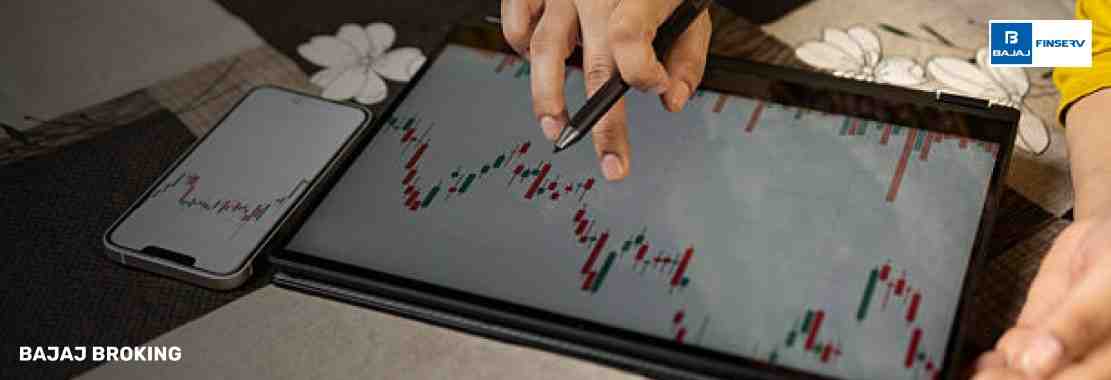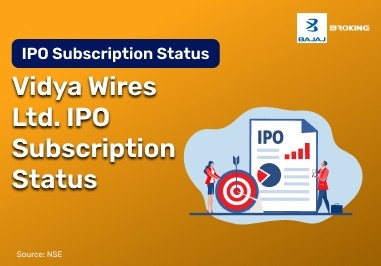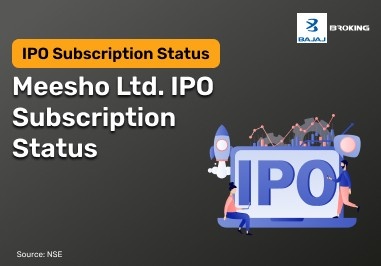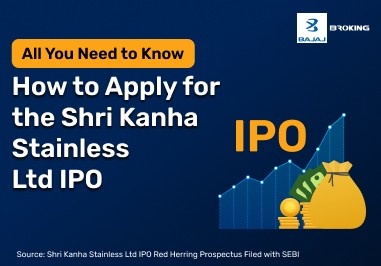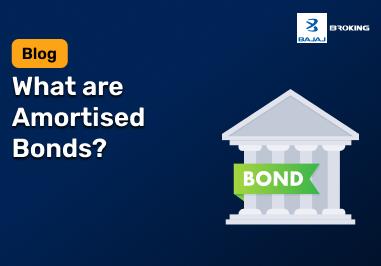When looking for safe investment options, Gold Vs Fixed Deposit is a common comparison. Both are seen as secure and stable, but they serve different purposes. Gold, especially digital gold or sovereign gold bonds, is renowned for its ability to maintain its value over time. On the other hand, Fixed Deposit (FD) offers a guaranteed return with low risk.
Each option has its pros and cons. Factors such as returns, liquidity, risk, and tax treatment help determine which option suits your financial goals. Understanding both helps you make a balanced choice. Let’s explore how gold investment compares to fixed deposits (FDs).
Gold Investment
Gold investment refers to buying gold in physical, digital, or paper form to preserve wealth. You can invest through jewellery, coins, digital gold, gold ETFs, or sovereign gold bonds. Gold is often used as a hedge during uncertain times and is valued for its long-term stability and reliability.
The price of gold changes based on global trends, demand, and currency value. Investors may prefer gold for its resale value and as a store of wealth.
Its flexibility across formats makes gold investment a preferred choice for those seeking to diversify their assets beyond traditional savings or deposits.
Key Benefits of Gold Investment
Multiple formats: Available as physical gold, digital gold, or government-issued bonds.
High liquidity: Can be easily sold in the market when needed.
Inflation hedge: Gold typically retains its value during periods of economic uncertainty.
No default risk: Gold does not depend on issuer performance.
Long-term store of value: Holds purchasing power over time.
Easy accessibility: Available on various platforms and retailers.
Portfolio diversification: Helps balance market-linked investments.
Option for gifts or legacy: Physical gold is often passed on across generations.
These features make gold investment a versatile tool for wealth protection.
Fixed Deposit Investments
A fixed deposit is a financial product in which you deposit a lump sum with a bank or NBFC for a fixed tenure at a predetermined interest rate. It is a low-risk investment that offers assured returns over the period.
Interest from fixed deposits (FDs) is taxable, but some tax-saving FDs come with specific lock-in periods. FDs are ideal for conservative investors seeking capital safety.
They are simple to open and require no market knowledge. As they’re offered by banks and regulated NBFCs, fixed deposits are considered dependable instruments for achieving short- or medium-term goals.
Key Benefits of Fixed Deposit
Capital protection: Principal is secured throughout the term.
Fixed returns: Assured interest income regardless of market conditions.
Flexible tenure: Ranges from 7 days to 10 years.
Loan facility: Can get a loan against an FD in urgent times.
Auto-renewal options: Simplifies long-term savings.
TDS applicability: Allows tax planning and declaration.
Suitable for all ages: Useful for both working professionals and retirees.
Low minimum investment: Entry starts at affordable amounts.
Gold vs FD
Both fixed deposits and gold offer stability, but they differ in terms of risk, return, and usage. Your choice depends on liquidity needs, risk profile, and investment duration.
1. Associated Risks
Gold and fixed deposits are generally considered low-risk investment options. However, they carry different kinds of risks:
Gold is subject to short-term price fluctuations, influenced by macroeconomic factors such as global demand, currency movements, and inflation. Despite this volatility, gold has historically retained its long-term value and is seen as a hedge against inflation and currency devaluation.
FDs, on the other hand, offer complete capital protection and fixed returns. The only variable is the tenure—longer tenures usually yield better interest rates. FDs are not influenced by market volatility, making them an ideal investment option for risk-averse investors.
2. Liquidity
In terms of liquidity:
Gold offers higher liquidity, particularly in its digital forms, including digital gold, gold ETFs, sovereign gold bonds, and gold mutual funds. These options not only reduce the risks of storage but also make buying and selling easier and quicker.
FDs are relatively less liquid. While premature withdrawals are possible, they often incur a penalty or result in a reduced interest rate. Some institutions do offer penalty-free withdrawals, so it’s essential to check the FD policy before investing.
3. Loan Against the Investment
Both gold and FDs can be used to avail loans:
You can secure loans up to 80% of the value of either gold or your FD.
During special scenarios (e.g., COVID-19 lockdown), RBI increased the Loan-to-Value (LTV) ratio for gold to 90%, enabling higher loan amounts against your gold holdings.
Interest rates on loans against gold or FDs are generally lower than personal loan rates, making them attractive credit options during emergencies.
4. Returns Offered
Gold investments have historically offered inflation-beating returns:
According to an ET Wealth report, gold investments made every Dhanteras over the past five years have generated a 17.9% compound annual growth rate (CAGR).
Over the 10- and 15-year periods, the CAGRs stood at 10.7% and 11.9%, respectively.
The rise in gold prices—up by 34% since the last Dhanteras—has contributed significantly to recent gains.
Comparison Table: Gold vs Fixed Deposit
Feature
| Gold Investment
| Fixed Deposit (FD)
|
Risk
| Moderate (market-driven)
| Low (guaranteed returns)
|
Return (CAGR)
| 9.8% (30 years avg)
| Around 8%
|
Liquidity
| High (especially digital gold/ETFs)
| Moderate (penalty on early withdrawal)
|
Loan Availability
| Up to 80–90% of the value
| Up to 80% of the FD value
|
Tax Treatment
| Capital Gains (with indexation)
| Taxed as per the income slab
|
Inflation Hedge
| Strong
| Weak
|
Ideal for
| Wealth creation, inflation hedge
| Fixed income, capital preservation
|
Conclusion
Gold Vs Fixed Deposit is not about which is better, but about what suits your goals. If you need stable returns with low risk, a fixed deposit works well. Both have benefits—gold is liquid and inflation-friendly; FDs are stable and secure. Some people even choose both for balance.
Whether you choose digital gold, sovereign gold bonds, or fixed deposit, it depends on your needs, time horizon, and comfort with risk.
Disclaimer: This blog is for informational purposes only. It does not offer investment advice or promote any financial product.
